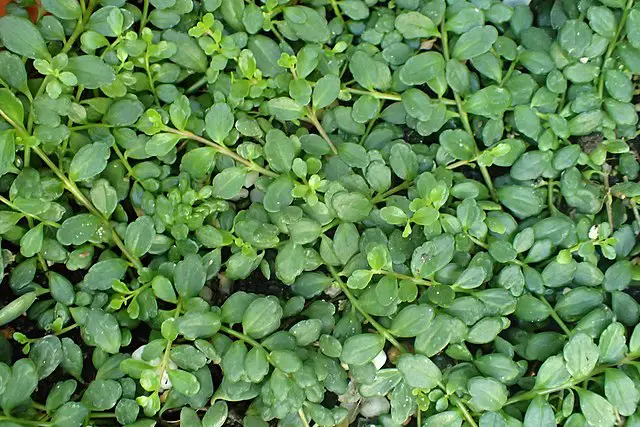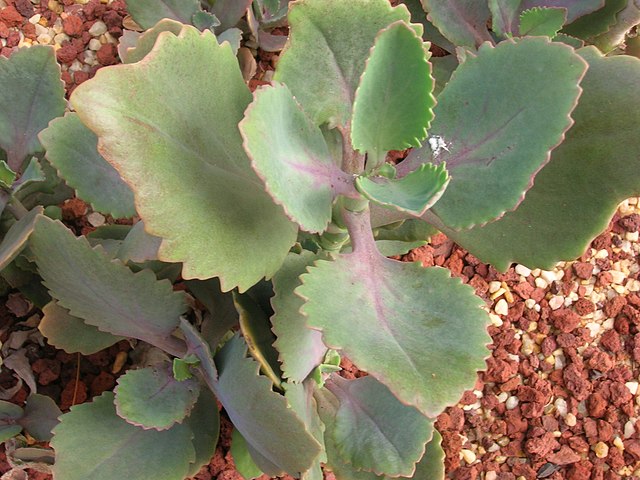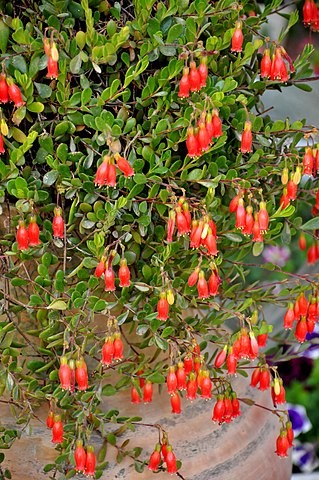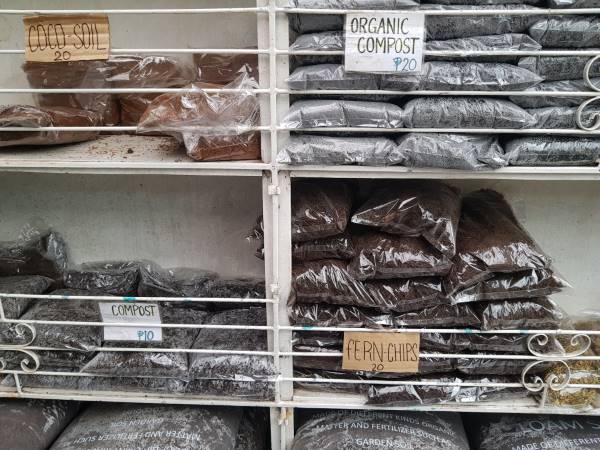Kalanchoe uniflora, commonly known as the Madagascar widow’s-thrill or the paddle plant, is a succulent plant that belongs to the family Crassulaceae. The plant is native to Madagascar and is a popular houseplant due to its unique appearance and easy maintenance. In this article, we will discuss in detail everything about growing Kalanchoe uniflora for beginners.
Choosing the Right Location
When it comes to growing Kalanchoe uniflora, choosing the right location is essential. This plant requires bright, indirect sunlight to grow and thrive. Direct sunlight can scorch the leaves and cause damage to the plant.

When grown indoors, it’s important to place the plant in a bright location where it can receive bright, indirect sunlight for at least 6 hours a day. Placing the plant near a south or west-facing window can provide adequate light. If there isn’t enough natural light, you can supplement it with artificial grow lights. Additionally, indoor environments can be dry, so it’s important to keep the soil moist and mist the leaves occasionally to increase humidity around the plant.
Soil Requirements
Kalanchoe uniflora prefers well-draining soil that’s rich in organic matter. A mixture of cactus soil and perlite works well for this plant. Perlite helps to improve drainage, which is important for preventing root rot. It’s also essential to ensure that the pot has drainage holes to allow excess water to drain out.
There are many brands of soil that are suitable for Kalanchoe uniflora and other succulents. Here are some examples:
- Espoma Organic Cactus Mix: This soil is specifically formulated for cacti and succulents, with a blend of sand, perlite, and peat moss to promote good drainage.
- Miracle-Gro Cactus, Palm & Citrus Potting Mix: This soil is formulated for a variety of plants, including cacti and succulents, and contains sand, perlite, and peat moss for drainage and aeration.
- Hoffman 10404 Organic Cactus and Succulent Soil Mix: This soil is made from a blend of sand, perlite, and sphagnum peat moss, and is designed to provide good drainage while retaining moisture.
- Bonsai Jack Succulent and Cactus Soil Gritty Mix #111: This soil is a gritty mix of high-quality ingredients, including pine bark, turface, and calcined clay, and is specifically designed to promote good drainage and prevent overwatering.
When choosing a soil mix, look for one that’s labeled for use with cacti and succulents or one that has good drainage and aeration properties. You can also make your own soil mix by blending together equal parts of sand, perlite, and peat moss or coco coir.
Kalanchoe uniflora Watering Requirements
One of the essential things to keep in mind when growing Kalanchoe uniflora is its watering requirements. This plant prefers to be kept on the dry side and can’t tolerate waterlogged soil. Overwatering can lead to root rot, which can be fatal to the plant. It’s best to allow the soil to dry out completely between waterings. You can check the moisture level in the soil by sticking your finger about an inch into the soil. If it feels dry, it’s time to water the plant.
Fertilizer Requirements
Kalanchoe uniflora doesn’t require a lot of fertilizer. It’s best to fertilize the plant once a month during the growing season, which is typically from spring to summer. Use a balanced fertilizer, diluted to half the recommended strength. Avoid fertilizing the plant during the dormant season.
Kalanchoe uniflora Propagation
Propagating Kalanchoe uniflora is relatively easy. You can propagate the plant through stem or leaf cuttings. To propagate through stem cuttings, take a cutting from the plant, and allow it to callus over for a few days. Once the cut end has calloused, plant it in well-draining soil and keep it moist. To propagate through leaf cuttings, remove a leaf from the plant, and allow it to callus over for a few days. Once the cut end has calloused, plant it in well-draining soil and keep it moist. Roots will start to develop from the base of the leaf, and a new plant will eventually grow.
Pests and Diseases
Kalanchoe uniflora is generally a hardy plant that’s resistant to pests and diseases. However, it can still be susceptible to a few common problems. Here are some of the most common diseases of Kalanchoe uniflora and how to treat them:
- Root rot: Root rot can occur if the plant is overwatered or planted in soil that doesn’t drain well. Symptoms include yellowing leaves, wilting, and a foul smell coming from the soil. To treat root rot, remove the affected plant from its pot, cut away any damaged roots, and replant it in fresh, well-draining soil. Reduce watering and ensure that the plant’s pot has good drainage.
- Powdery mildew: Powdery mildew is a fungal disease that can occur in humid conditions. Symptoms include a white, powdery coating on the leaves. To treat powdery mildew, remove affected leaves, increase air circulation around the plant, and reduce humidity levels. You can also apply a fungicide labeled for use on succulents.
- Mealybugs: Mealybugs are small, white insects that feed on the sap of the plant. They can cause yellowing leaves and a weakened plant. To treat mealybugs, you can remove them by hand or use an insecticidal soap or neem oil. Alternatively, you can try rubbing alcohol on a cotton swab to kill them.
- Aphids: Aphids are small, soft-bodied insects that can cause stunted growth and yellowing leaves. To treat aphids, you can use an insecticidal soap or neem oil, or try blasting them off the plant with a strong stream of water.
Overall, the best way to prevent diseases in Kalanchoe uniflora is to ensure that the plant is growing in well-draining soil, avoid overwatering, and provide good air circulation around the plant. Regularly inspecting the plant for signs of pests or disease can also help catch any issues early on.
Conclusion
Growing Kalanchoe uniflora is a great way to add a unique and low-maintenance plant to your collection. By choosing the right location, providing well-draining soil, and watering the plant correctly, you can keep your Kalanchoe uniflora healthy and thriving. With its unique appearance and easy maintenance, this plant is perfect for beginners and experienced plant enthusiasts alike.




